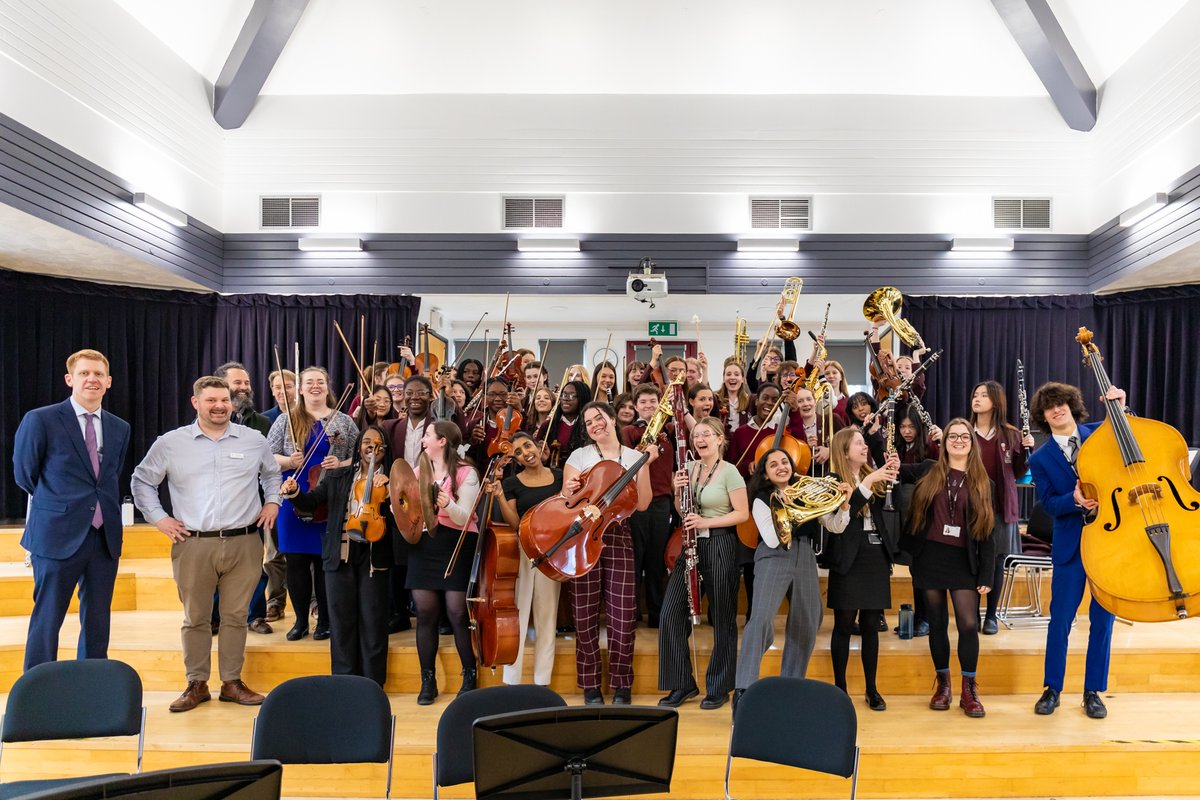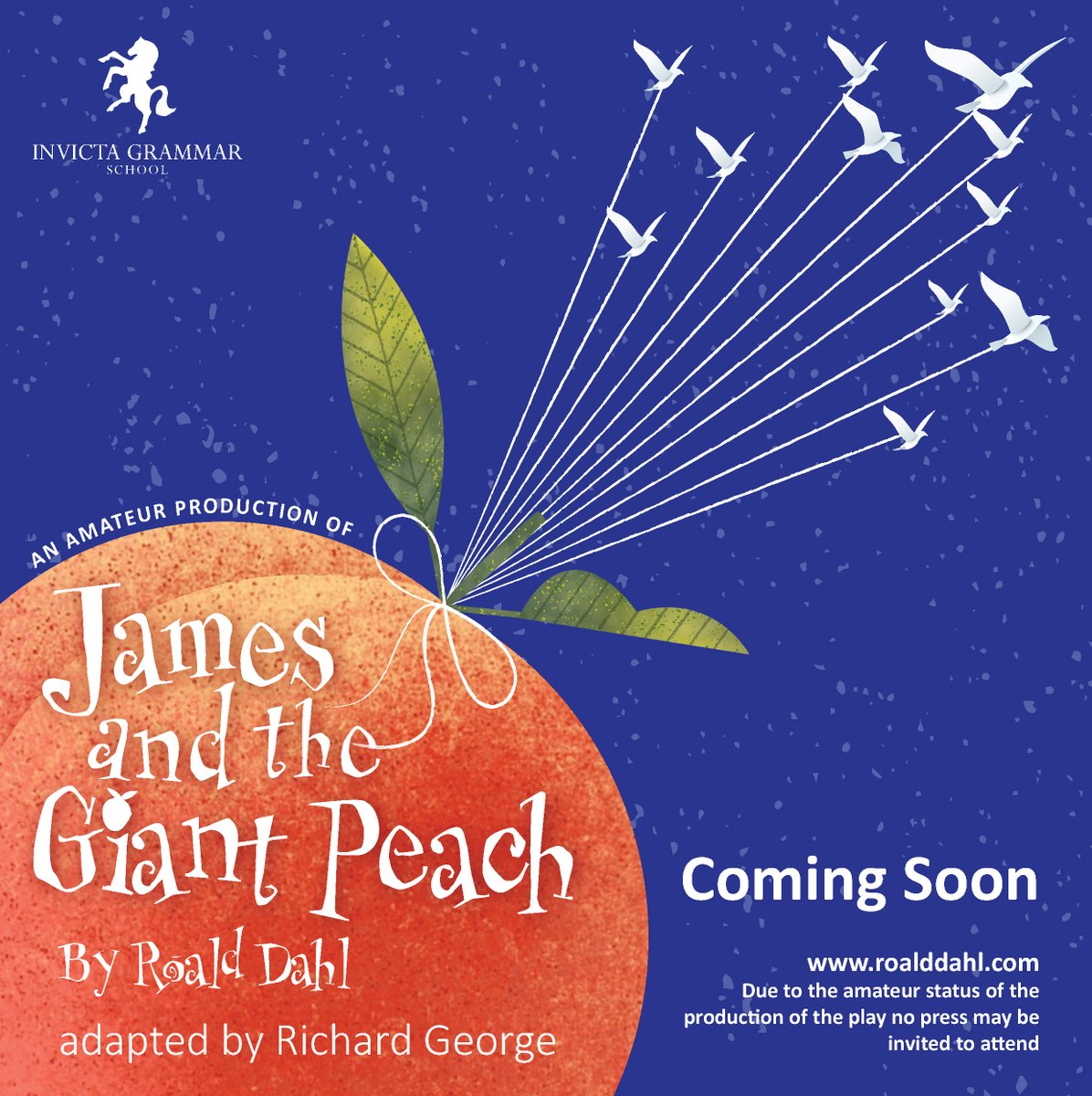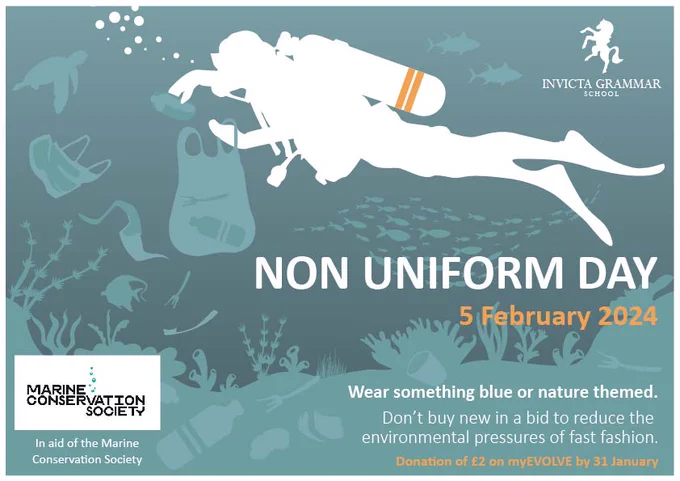Invicta Vlogs
Art as Therapy
Art is one of the oldest forms of self-expression and communication; the oldest pieces of art date back to 700,000 BC. Today, we are able to see how different types of art developed over the centuries through museums and galleries all over the world. My favourite galleries to visit on a day out are: Tate Modern and Tate Britain in London, The turner Contemporary in Margate and the V&A Museum in London.
Typically, when people mention the word ‘art’, we may think of a detailed painting or drawing of a subject matter. However, art can be expressed in a number of different ways – through music, photography, sculpture, poetry, creative writing, dance and so on. Personally, I have always loved music, dance, and fine art itself because having a creative outlet has always been an important aspect of my life. At Invicta, I have had the privilege of being in numerous music ensembles, participating in the RAG dance shows and also studying Art as one of my A Level subjects.
Alongside Art, I also study Psychology as one of my A level subjects. I have discovered that art can be integrated into psychology to create a form of therapy called Art Therapy. Art Therapy can be a non-verbal form of communication, where hidden messages can be decoded or expressed through creating artwork. This is especially useful for patients who have learning difficulties or who suffer from psychological disorders like schizophrenia, PTSD, and depression. The term ‘art therapy’ is an umbrella term for all types of art therapy, including music therapy and dance therapy.
There is a distinction between art therapy and using art as a form of personal therapy. Art therapy involves an experienced and qualified professional therapist who can organise specific art sessions for the patient, guiding them in different ways. Using art as therapy on the other hand, is different. This is much more independent and flexible because a person can create art at any time, in whatever way suits them; there are no fixed sessions or activities that one has to complete. For example, activities like mindful colouring, drawing and collaging are very beneficial for relieving stress because they are such immersive processes and require one’s full attention and total focus. In the past, I used to do a lot of mindful colouring but then I started to prefer music much more, especially during the lockdown periods. Whenever I am writing a song or playing my piano or my guitar, I lose track of time completely and all those overwhelming thoughts disappear. Especially now that I am in Year 13, I always make sure I have time to channel my energy creatively every single day, while I navigate the challenges of the last year of my A level course. I have discovered a lot about myself recently, in terms of recognising when I need to take a step back to do something creative.
Have you tried using a form of art as a therapy for yourself?
Yingtong Jarrett
Senior Prefect




























